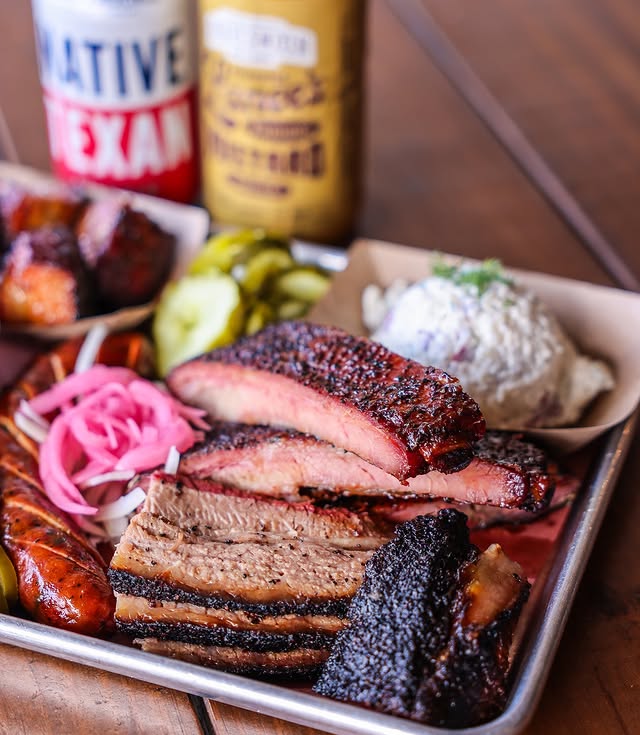If you’ve ever stood over a smoker watching a brisket slowly darken into barked perfection, you know this isn’t just cooking – it’s an act of devotion.
Texas-style smoked brisket is barbecue’s holy grail. It’s simple in theory: beef, salt, pepper, smoke, time. But like all great rituals, it’s the details that make or break you.
I’ve seen folks panic at “the stall,” oversalt their rub, or slice with the grain (a crime in Texas). Don’t worry – we’re going to fix all that.
Whether it’s your first brisket or your fiftieth, these 10 pitmaster-approved tips will help you cook brisket the way it was meant to be – slow, smoky, and unforgettable.
So grab your tongs, crack a cold one, and let’s talk smoke science, cowboy-style.
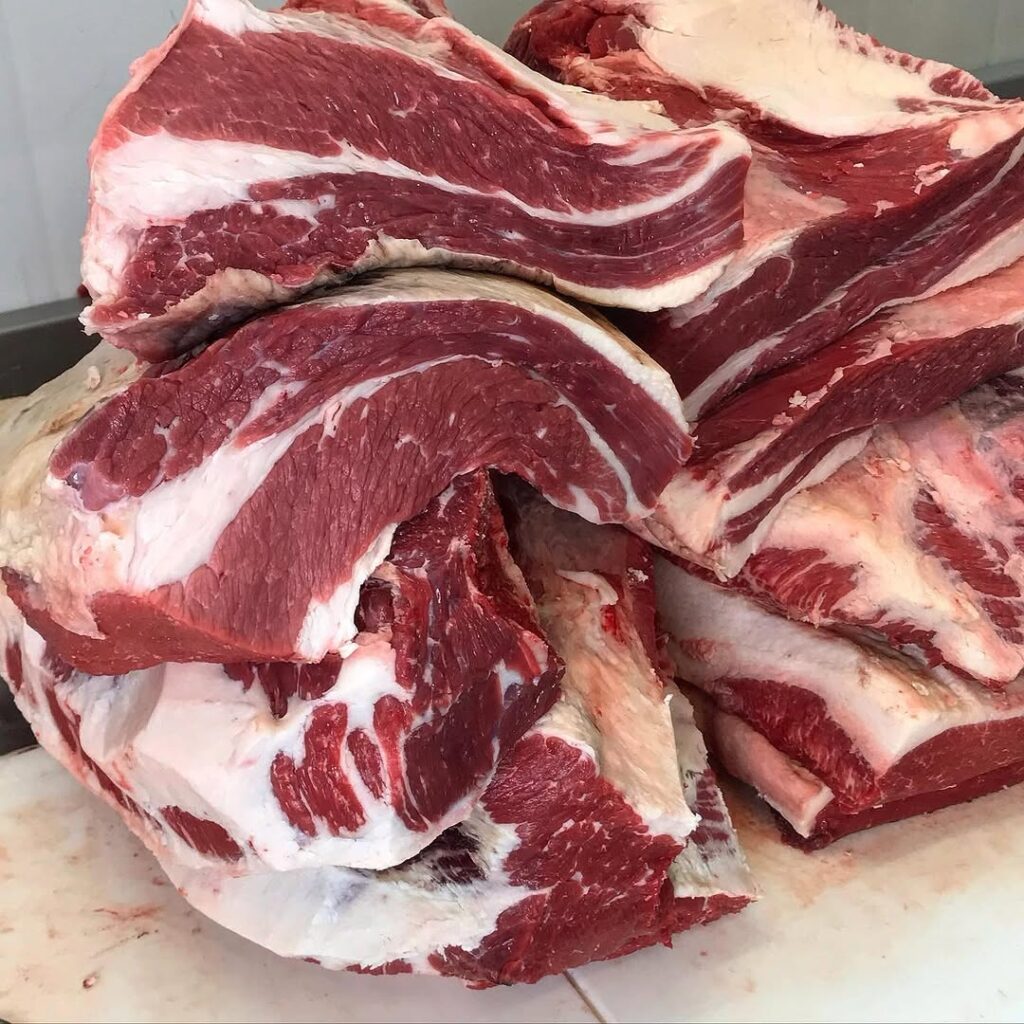
1. Start with the Right Cut – Fat Is Flavor
A great brisket starts before the smoke even hits it.
When you walk into the butcher shop, ask for a whole packer brisket – that’s both the flat (lean part) and the point (fatty, rich section). Together, they give you that balance of tenderness and juiciness that defines Texas BBQ.
Go for USDA Choice or Prime grade – the marbling in Prime helps the brisket stay moist through the long cook. If you can only find Select, add a little extra care during the cook (like spritzing often).
Pro tip: Avoid pre-trimmed briskets. You want that fat cap – we’ll sculpt it later.
Because in the world of barbecue, fat isn’t your enemy – it’s your insurance policy.
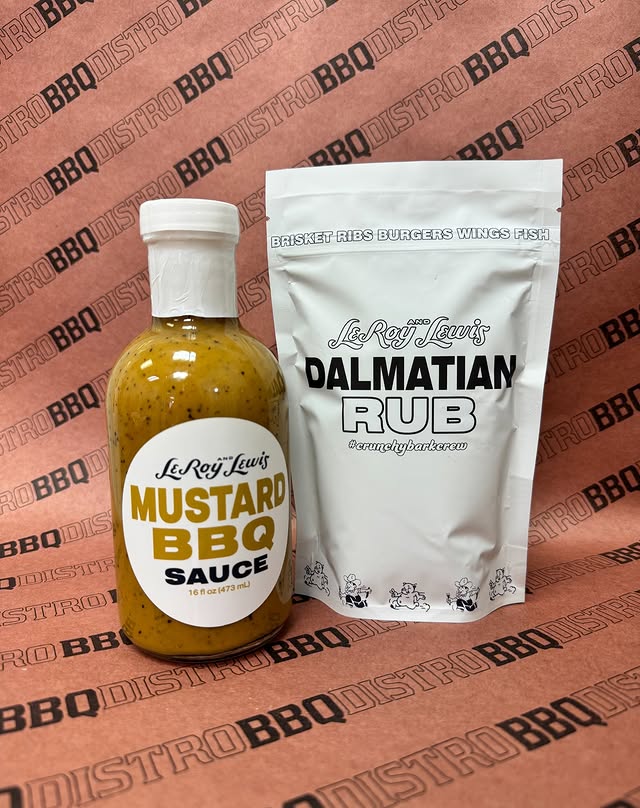
2. Keep the Rub Simple – Salt and Pepper Rule Texas
The secret to true Texas-style smoked brisket? Restraint.
Old-school pitmasters swear by a 50/50 mix of kosher salt and coarse black pepper – the classic “Dalmatian rub.” No fancy marinades, no secret spices, just simplicity that lets the beef and smoke do the talking.
Want to tweak it? Add a touch of garlic powder or paprika, but remember – in Texas, less is always more.
When that bark forms – dark, crusty, and fragrant – you’ll thank the salt and pepper gods.
Highlight: Simple rubs give you bold results. The complexity comes from smoke, fat, and time, not your spice cabinet.
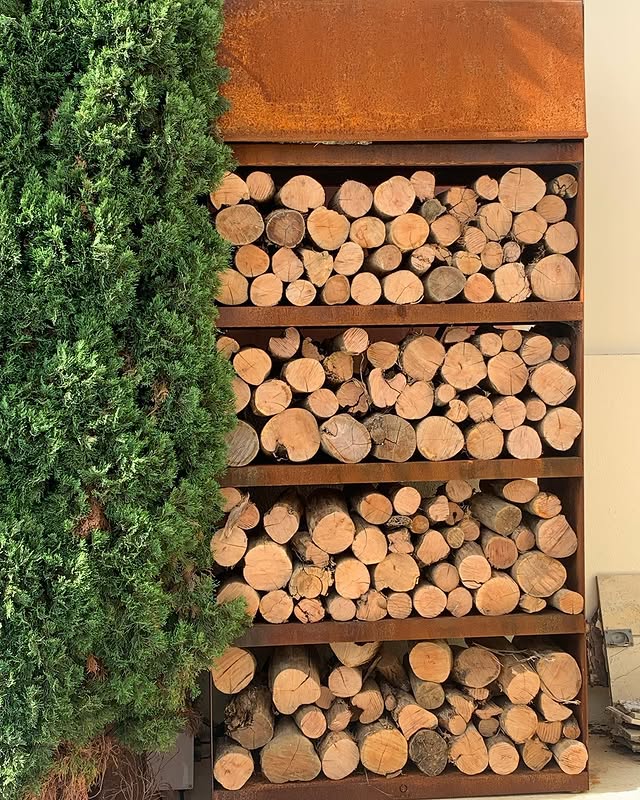
3. Choose Your Wood Like You Choose Your Whiskey
Your wood determines your brisket’s soul.
In Texas, that means post oak – the quiet professional of the smoking world. It burns clean, steady, and infuses the meat with a mild, smoky sweetness that never overwhelms.
If you can’t find post oak, hickory brings a stronger punch, pecan adds a nutty note, and mesquite… well, mesquite is powerful. Use it sparingly unless you enjoy brisket that tastes like a campfire confession.
The key? Thin blue smoke, not thick white clouds. Blue smoke means clean combustion – that’s where the real flavor hides.
Pro insight: When your smoke looks like a ghost barely whispering through the air, you’re doing it right.
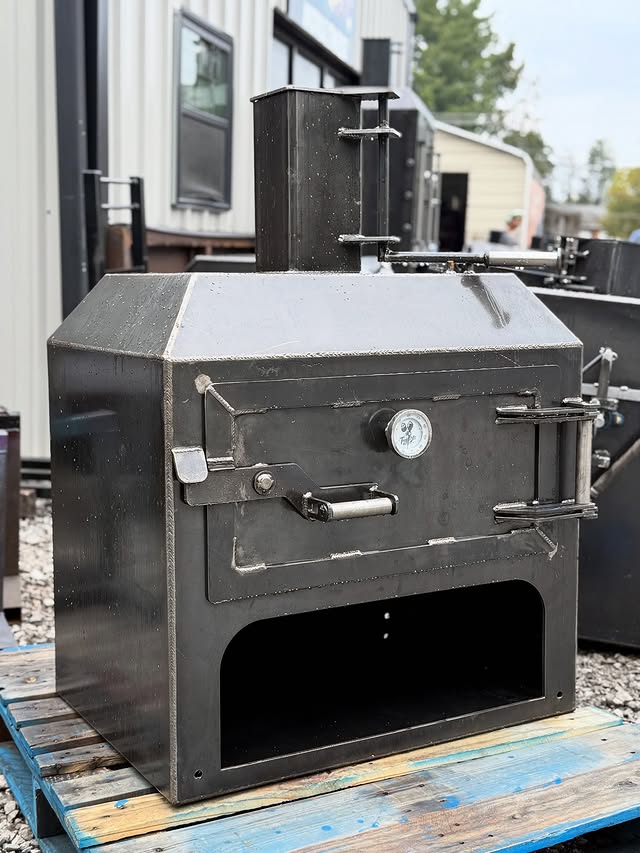
4. Low and Slow – Because Brisket Doesn’t Like to Be Rushed
You don’t cook brisket. You negotiate with it.
Set your smoker between 225°F and 250°F, and let time do the rest. Depending on size, you’re looking at 10 to 16 hours of slow transformation.
Why so long? Because collagen needs time to melt into gelatin, turning tough muscle into that luscious, sliceable magic you dream about.
Resist the urge to speed things up. Cranking the heat only dries out your meat and burns your bark.
Pitmaster wisdom: Every time you lift the lid to peek, you add 30 minutes to your cook. So keep it closed and trust the process.
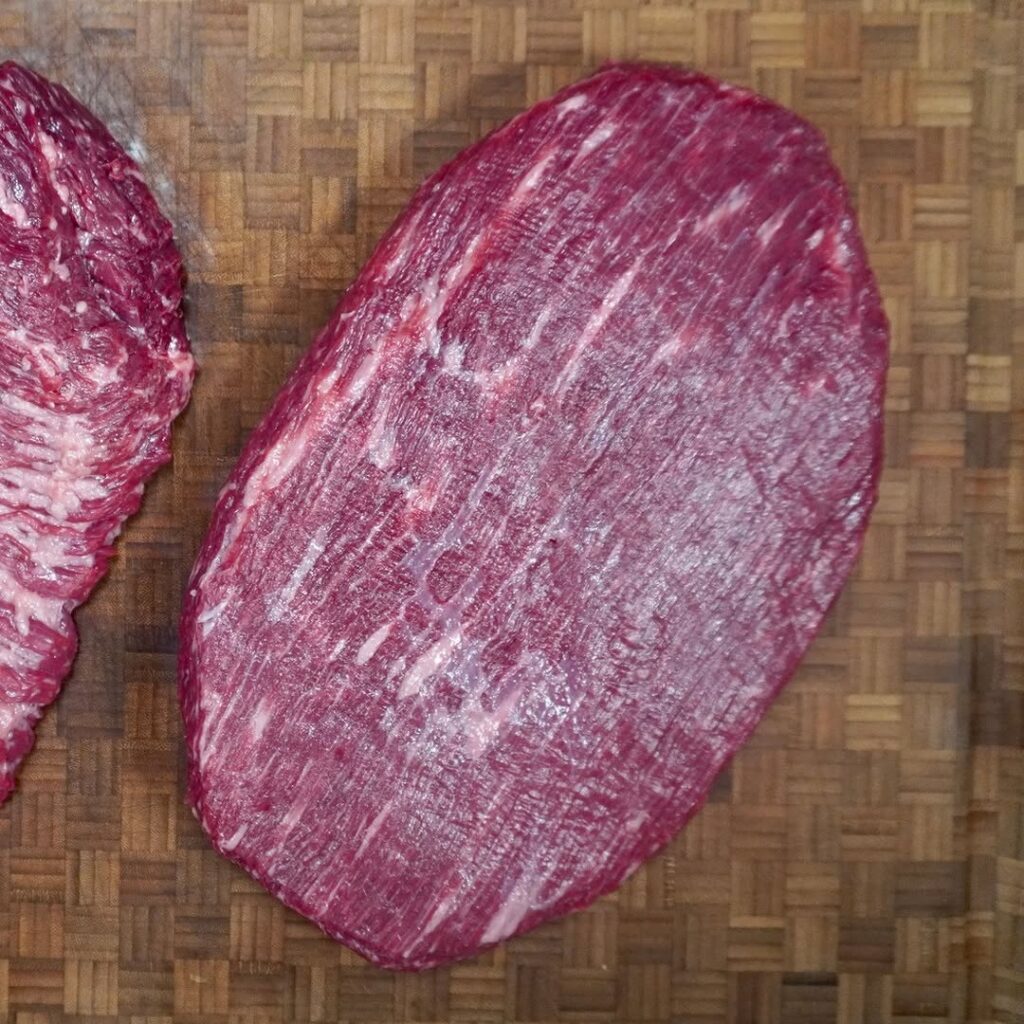
5. Trim It Right – A Fat Cap, Not a Fat Blanket
Before seasoning, it’s trimming time – and this part separates the casual grillers from the dedicated smokers.
Start with a cold brisket (it’s easier to handle). Trim the fat cap down to ¼ inch thick. That’s the perfect layer to protect the meat and render beautifully without leaving greasy chunks behind.
Cut away any hard, waxy fat that won’t melt and smooth out sharp edges to prevent burning.
Think of it as shaping the brisket for a marathon – you’re not removing character, you’re just helping it cook evenly.
Remember: You’re sculpting flavor, not perfection.
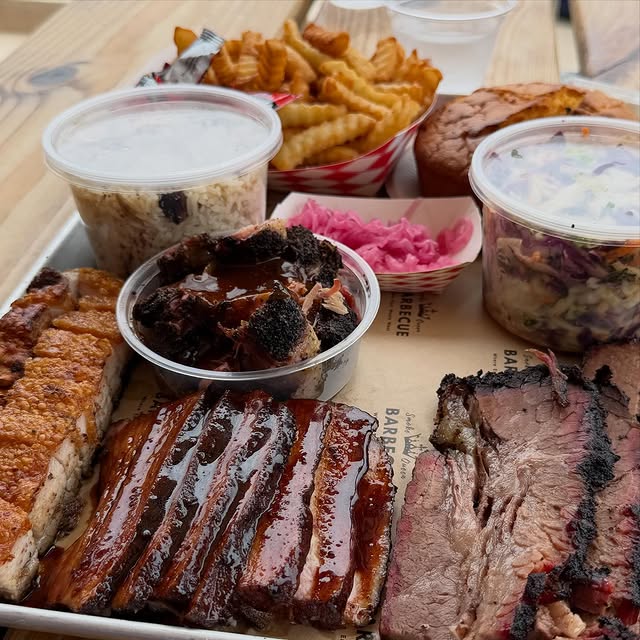
6. Moisture Matters – Give Your Brisket a Spa Day
Ever seen a dry brisket? That’s a tragedy worth avoiding.
Moisture is your ally. Use a water pan in your smoker to keep humidity steady. This helps the bark stay flexible and the meat stay juicy.
Or go the spritzing route – every 2–3 hours, lightly mist your brisket with apple cider vinegar, beef broth, or even water. This helps smoke cling to the surface and adds subtle flavor.
Don’t overdo it, though. You want mist, not a rainstorm.
Pro tip: “If it’s dry, you cooked it wrong. If it’s juicy, you respected the process.”
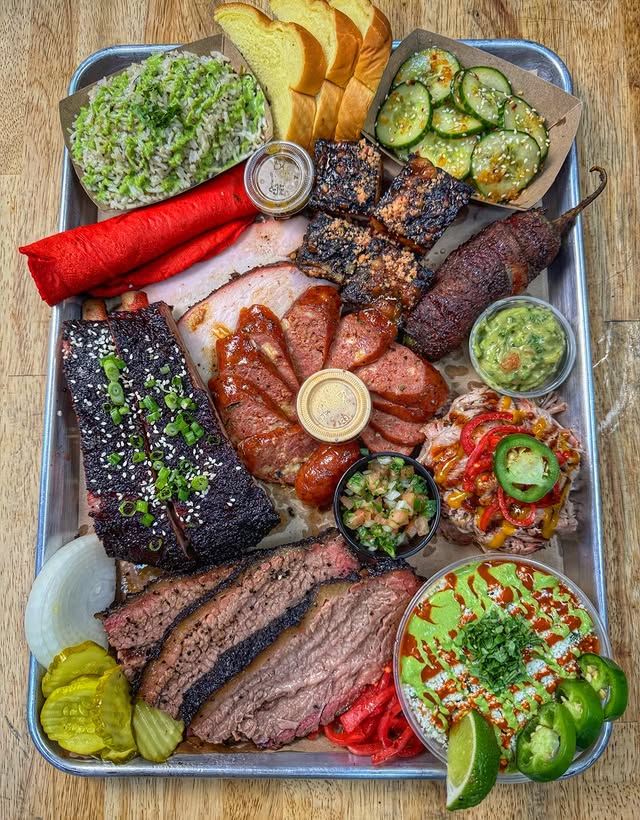
7. The Stall – Where Legends Are Made
Every pitmaster faces it: the stall.
Around 150–165°F, your brisket will stop rising in temperature. It’s not broken – it’s science. As moisture evaporates, it cools the surface, halting progress for hours.
This is where rookies panic and pros grab another drink.
To power through, use the Texas Crutch – wrap your brisket in butcher paper or foil once it hits that stall zone. This traps heat and moisture, pushing the brisket past the plateau without drying it out.
Remember: The stall isn’t failure. It’s transformation. The collagen’s melting, the bark’s developing, and your patience is earning interest.
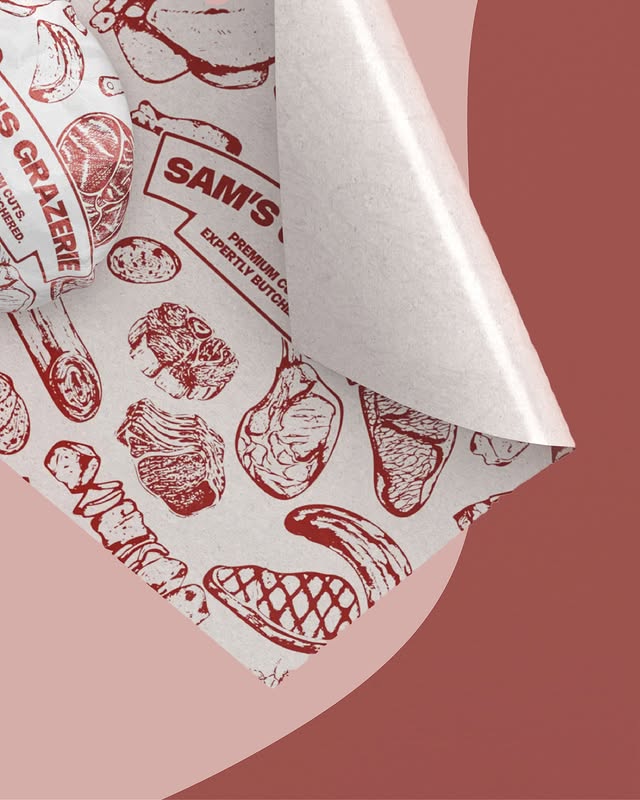
8. Wrap Like a Pro – Butcher Paper Beats Foil
Let’s settle this: foil or paper?
Foil locks in moisture but can make your bark soggy. Butcher paper breathes – it keeps the meat juicy while letting smoke and heat circulate.
When your brisket bark turns dark mahogany and feels firm but not crusty, that’s your cue to wrap.
Paper is what most Texas joints swear by – Franklin, Snow’s, Louie Mueller’s – because it preserves texture and flavor balance.
Pitmaster mantra: “If it looks too good to wrap – that’s when you wrap.”
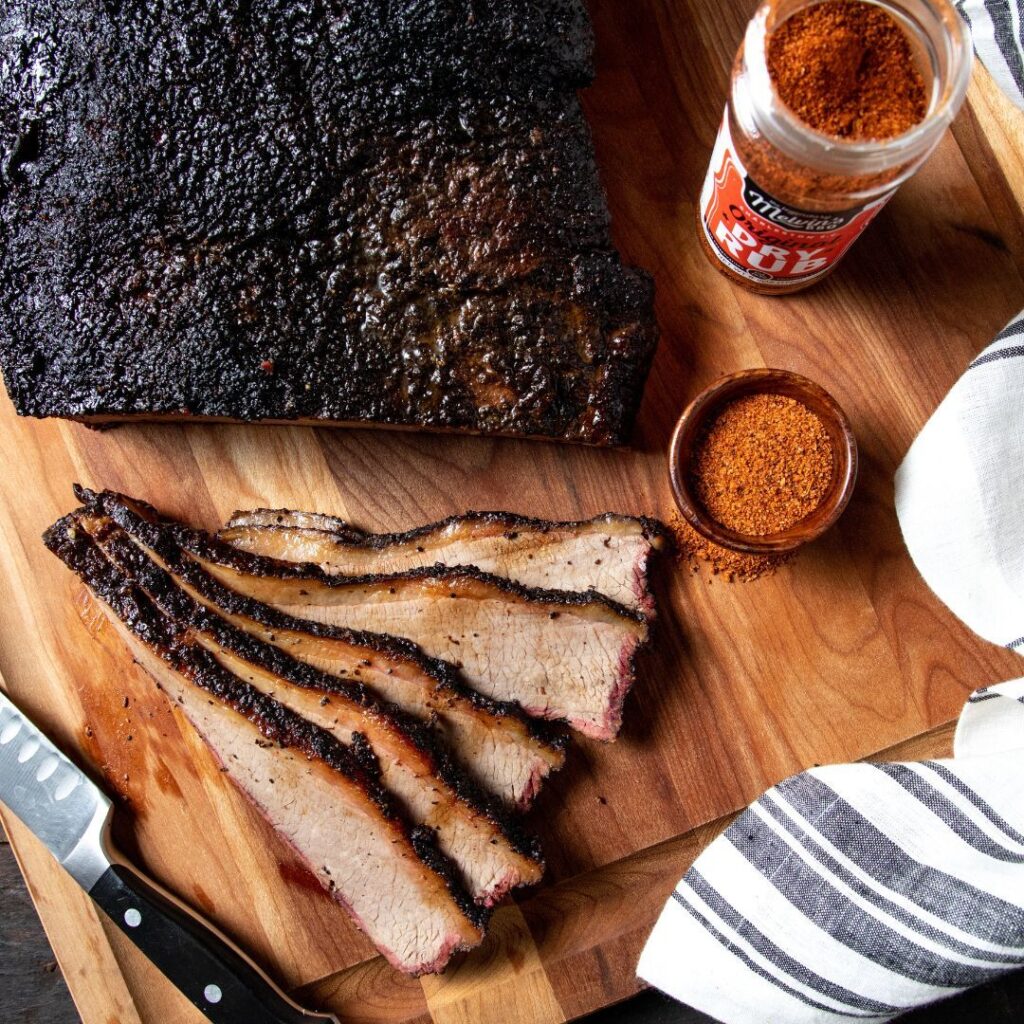
9. Rest Is Non-Negotiable – Let It Chill (Literally)
You just spent 12 hours perfecting your brisket. Now’s not the time to carve it like you’re in a rush.
Once it hits 195–203°F internal temp, take it off the smoker and rest it for at least an hour, ideally 2–4 hours. Wrap it in a towel, place it in a cooler, and let those juices redistribute.
This step turns a good brisket into a great one. Slice too soon, and all that liquid gold runs onto your cutting board instead of staying inside the meat.
Key phrase: Resting isn’t optional – it’s where flavor settles and texture softens.
Think of it as letting the brisket nap after a long, smoky day.
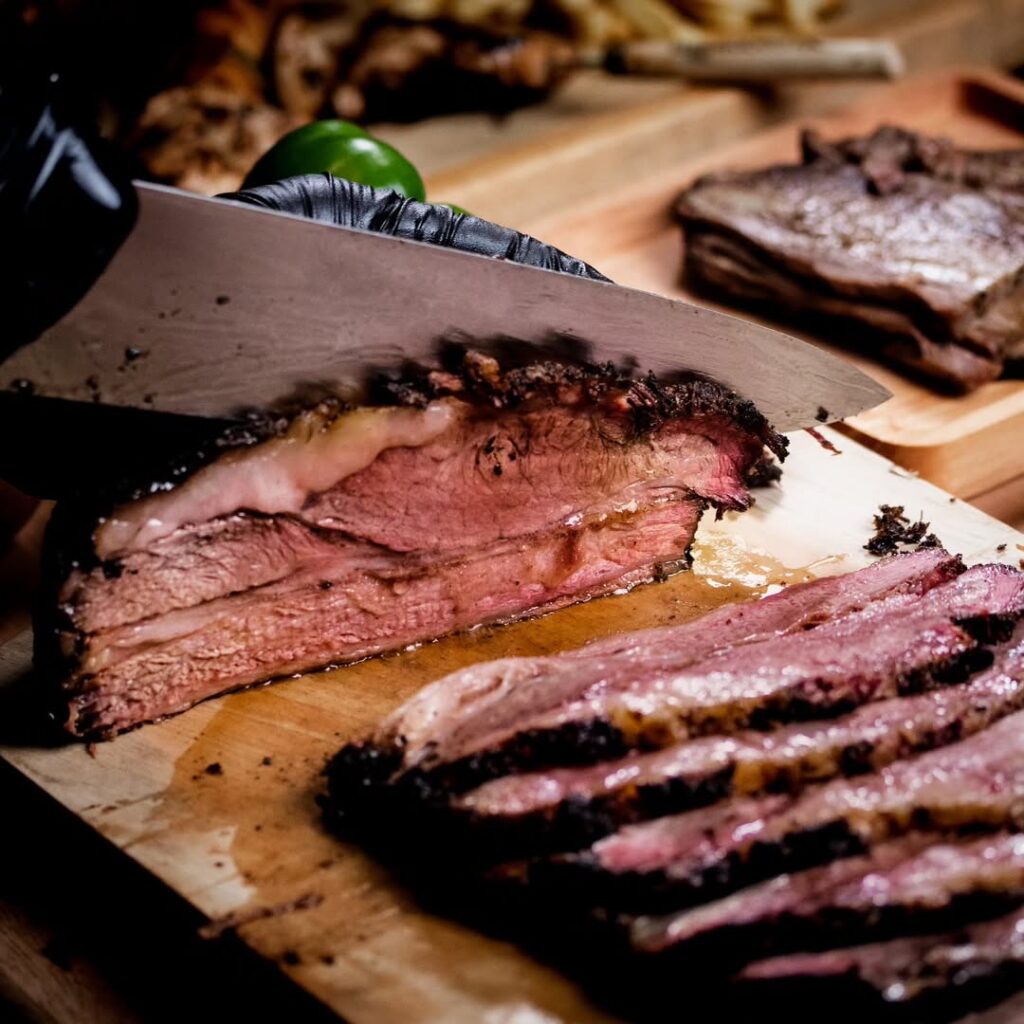
10. Slice Smart – Against the Grain, Always
Here’s where many beginners blow it: slicing.
Brisket has two distinct muscles – the flat and the point – and they run in different grain directions.
Cut them apart first. Then slice across the grain, not with it. This shortens the muscle fibers, giving you that tender, buttery bite brisket dreams are made of.
Use a long, sharp slicing knife, wipe between cuts, and keep your slices about ¼ inch thick.
Pro insight: The difference between “pretty good brisket” and “holy hell, that’s perfect” is a sharp knife and patience.
Bonus: How to Serve It Like a Texan
Texas-style smoked brisket doesn’t need gimmicks.
Keep it simple and proud – a few slices of brisket, pickles, white bread, and onions. Maybe a side of slaw or potato salad if you’re feeling generous.
Sauce? Optional. In Texas, sauce is more of a condiment than a crutch. If you nailed the smoke, you won’t need it.
Remember: the meat should speak for itself.
Bring the Texas-Style Smoked Brisket into Your Home
Here’s the truth: brisket isn’t about recipes. It’s about rhythm – learning to read your fire, trust your instincts, and stay patient.
Every brisket you cook teaches you something new. Maybe your smoke was too thick. Maybe your bark could’ve gone darker. That’s okay – the best pitmasters still learn from every cook.
Texas-style smoked brisket isn’t fancy, but it’s sacred. It’s about doing more with less – salt, pepper, oak, time – and letting nature’s chemistry do the rest.
When you finally pull that brisket off the smoker, glistening under a thin crust of rendered fat, you’ll understand why Texas calls it the crown jewel of barbecue.
And when your friends crowd around for seconds, remember: this isn’t luck. It’s craftsmanship – built one smoke ring at a time.
Featured image credit: @stilesswitchbbq

